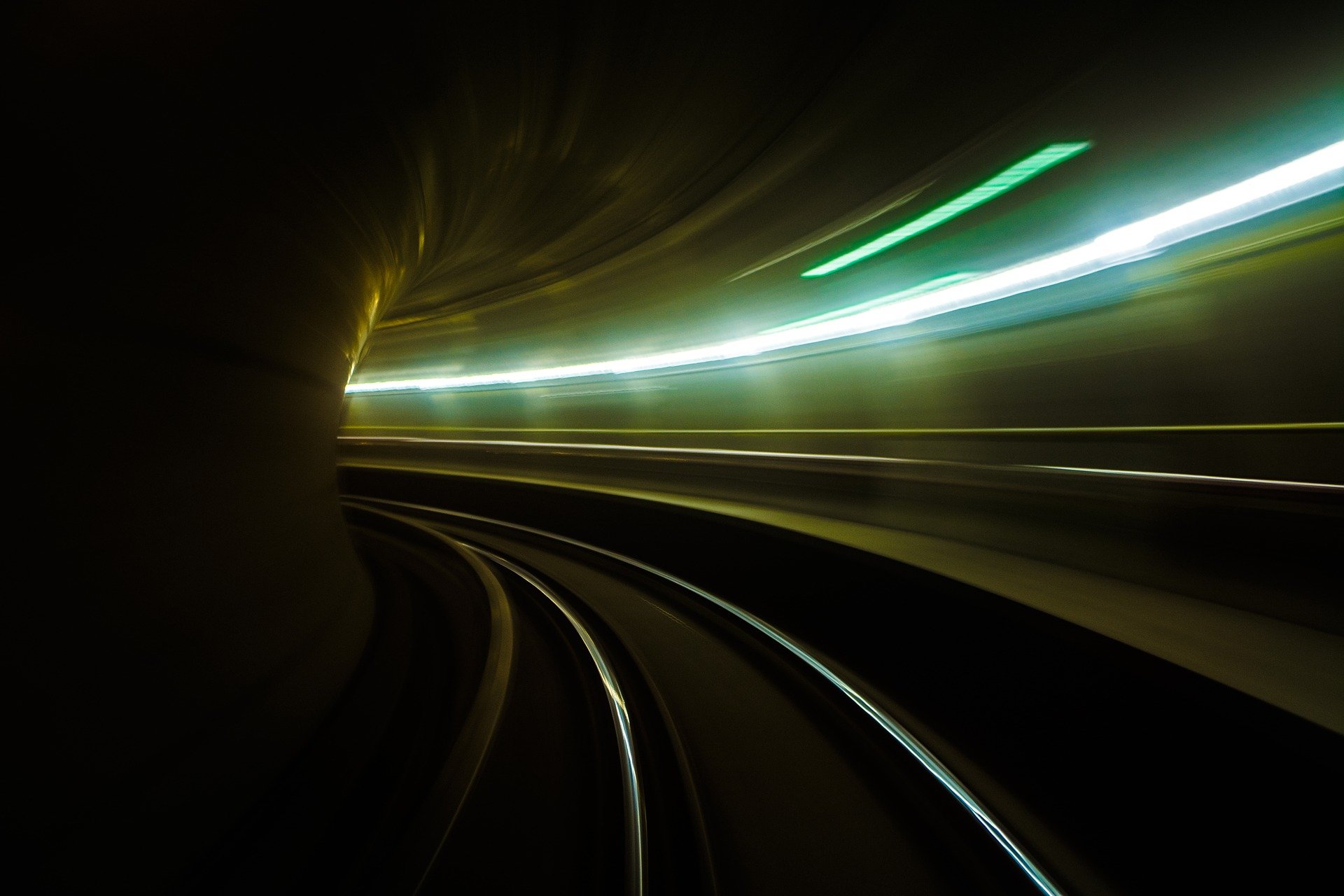Greater Cairo Metro
The Greater Cairo Metro in Egypt currently consists of three lines built to relieve heavy congestion on the roads of the capital city. HeidelbergCement subsidiary Suez Cement supplied cement for the construction of the metro network.
Suez Cement products have been used in the construction of many prestigious national projects in Egypt, such as the Aswan High Dam, Suez Canal Bridge, and the Library of Alexandria.
Construction of Line 1 started in 1982, after the French government agreed to make a loan to Egypt for the project. The first section was opened in 1987 and the line was completed in 1989, connecting Helwan with El Marg. It consists of 35 stations and has a total length of 43 km, of which 4.5 km are underground.
Cairo's metro network was greatly expanded in the mid-1990s with the building of Line 2 from Shoubra El Kheima to Cairo University, with an extension to Giza. The line includes the first tunnel under the Nile. Construction of the line was finished in October 2000 and was later extended to El Mounib. Line 2 is 22 km long and has 20 stations.
The latest Line 3 extends from Attaba station to Abbasiya and will be continued to Cairo International Airport. The total length is expected to be 34 km with 29 stations, completely underground. Construction of the line is planned in four stages.
Three more lines are currently in planning:
- Line 4: Nasr City – Abbassia – Giza – El Haram (24 km)
- Line 5: Nasr City – Heliopolis – Shubra el Keima (19 km)
- Line 6: Maadi – Old City Centre – Shubra el Kheima (21 km)

Metro Tracks. The Greater Cairo Metro in Egypt currently consists of three lines built to relieve heavy congestion on the roads of the capital city. HeidelbergCement subsidiary Suez Cement supplied cement for the construction of the metro network.
pixabay

Metro Tracks. The Greater Cairo Metro in Egypt currently consists of three lines built to relieve heavy congestion on the roads of the capital city. HeidelbergCement subsidiary Suez Cement supplied cement for the construction of the metro network.
pixabay
